PALERMO
Getting there
As we are overwintering in Licata Marina and we have a car available, so we went to Palermo by car. According to Google, it is 191 kilometers and it will take you about 2 hours and 19 minutes to get there. What is a bit confusing is that you drive to Palermo via Gela. You drive that direction to reach the highway to Palermo. Otherwise, you would think to drive via Agrigento, but then it will take you at least 30 minutes more! The drive up to Palermo is quite nice. The variety in the landscape is a pleasure to look at. From rocky mountains to lush green rolling hills. The stretched towns which are built on the ridges of the hills and the remains of history can be seen everywhere. Truly nice and time passes by very quick! Tip: fuel up before you go. There are not very many petrol stations along the highway. We had to drive to a small village for petrol!
There are also other ways to go to Palermo. Going by bus or train will take you about 3 hours and it will cost about 10 euro p.p. one way.
Parking the car
Palermo is quite a hustling and bubbling town. Driving this town means you have to be a bit cheeky. In fact, it is chaos and you have to adapt to the Italian drive style! Once you know how to fix that you need to find a place. That is the next kind of adventure, to be honest! We have been driving around and around and could not find a place or a car park. Then we finally found one and had no clue if we had to pay or not. These are the general rules: blue-lined parking spaces costs around €1 an hour. Parking tickets (Scheda di parcheggio) can be bought at tobacconists’, bars and shops (or from an unofficial parking “helper”). TIP: Scratch out the date and time and leave the tickets on your dashboard :).
There are also 2 central car parkings. One is at Piazza Ungheria, just off Via Ruggero Settimo, the main street bisecting Palermo between Piazza Castelnuovo and Piazza Verdi. Here you will have to pay €1.50 per hour but most major monuments and the old town center are within easy walking distance. And there is a large underground car park in Piazza Vittorio Emanuele Orlando, 49, in front of the Law Court (Tribunale) and just a short walk away from Teatro Massimo. Hourly rates are €1.50 and €2.50 depending on the time of day. Now you can start exploring the city! Have a good strong coffee first and put on your walking shoes!
Where did we go
Spending only one day in the Sicilian capital is by far not enough if you want see all the attractions that the city offers. But as we only had one day we choose to visit the interesting places around the Piazza della Vittoria.
Palermo Cathedral
The Duomo (Cathedral) of Palermo is an impressive 12th-century cathedral encompassing a wide variety of architectural styles.
History
In 1184, during Sicily’s Norman period, Archbishop of Palermo Gualtiero Offamiglio founded the cathedral on the site of a Muslim mosque, which had itself been built over an early Christian basilica. The archbishop’s main aim was to surpass the glory of the magnificent cathedral of nearby Monreale, and the Palermo Duomo became an architectural battleground for “The Battle of the Two Cathedrals.” For most visitors, Monreale Duomo remains the winner, but Palermo’s cathedral is still well worth a visit.
Many additions were made to the original Norman structure over the years. The exterior was “Gothicized” in the 13th and 14th centuries, and the Spaniards made their mark in the 15th century. But it’s the Neapolitan architect Ferdinando Fuga, who went with the mood of his day and in 1771 and 1809 gave both the exterior and the interior of the Duomo a sweeping Neoclassical style. The only sections that the restorers didn’t touch were the apses, which still retain their impressive Geometric decoration.
What to see
The most prominent characteristic of the Duomo is its many architectural styles. The exterior shows the development of the Gothic, Catalan, and sturdy Norman work can be seen through a decorative Islamic-inspired overlay. Inside, the Duomo is a royal pantheon with many tombs of Sicily’s kings. A highlight of the Treasury’s collection is the 12th-century cap-like crown of Constance of Aragon, which was removed from her head when her tomb was opened in the 18th century. Other precious objects removed from the royal tombs are also on display here.
Palazzo dei Normanni or Royal Palace
Next visit was the Palazzo Dei Normanni where you also find the Capella Palatina and the Royal Appartments. Walking from the Cathedral to the Royal Palace you walk through the Piazza Delle Vittoria. This leads to the outside ticket office of the Royal Palace. Before entering the building luggage and yourself are checked. This did take some time … we had to wait in line outside …. not sure how long the line will be in the summertime! But it’s more than worth the wait!
The Royal Palace of Palermo (11th-12th centuries) is the main monument to represent the wealth and political and cultural power of the Norman kingdom, a model of Arab-Norman architecture. The Reggia dei Normanni was built on the highest point of the city on pre-existing Punic, Roman, Byzantine and Arab constructions placed in defense of the city walls. In the Palace the Normans concentrated not only the functions of exercising power but also the textile factories (the Tiraz) and the royal goldsmith workshops. At the time of Santa Rosalia, the palace was structured in “turriform buildings connected by arcades and gardens. … In the space in front there is also the so-called Green Hall, from an earlier period, an open and richly decorated environment where the king welcomed his guests “(from Palermo city of art by Cesare De Seta, M. Antonietta Spadaro and Detgio Troisi). Not everything was open at the Palace for public today but there a few beautiful sites we could visit. The first thing you see is the Maqueda Courtyard. It consists of 3 rows of which the intermediate level is the highest.
The Palatine Chapel
Pearl of religions and cultures in history. The Palatine Chapel (Italian: Cappella Palatina), is the royal chapel of the Norman kings of Sicily situated on the first floor of the Palace. Also referred to as a Palace church or Palace chapel, it was commissioned by Roger II of Sicily in 1132 to be built upon an older chapel (now the crypt) constructed around 1080. It took eight years to build, receiving a royal charter the same year. The sanctuary, dedicated to Saint Peter, is reminiscent of a domed basilica. It has three apses, as is usual in Byzantine architecture, with six pointed arches (three on each side of the central nave) resting on recycled classical columns.The stunning mosaics include scenes from the Old Testament of the Bible, events from the lives of Saints Peter and Paul, and other saints.There is also extensive cosmati flooring and geometric inlay. The wall outside the chapel in covered in 19th century mosaics, in fascinating contrast to the Byzantine examples inside. The most ancient mosaics, is the Christ Pantocrator in the dome, the angels surrounding him and the Evangelists absorbed in their studies, stand out among the others. The Islamic tradition is finally recognizable in the wooden “muqarnas” decorated ceiling, a very unlikely covering for a Christian church. You would rather expect to find it in larger, elegant mosques, but never in a church. Intricate decorations, including human figures, adorn the stalactites which makes it unique as example in the Islasmic art history. The arabian artists, in the tolerant atmosphere of the Norman Palermo, decided to hazard this type of figures.
Royal Appartments
Hercules Hall
Since 1947, the Hercules Hall is the place where members of the Regional Assembly of Sicily gather. It takes its name from the series of paintings dedicated to the mythological Greek hero, and was completed in the early 19th century by Giuseppe Velasco. The regional parliament exercises legislative power provided by the Statute of Sicilian autonomy. It was the first Italian parliament and is one of the oldest in Europe.
Pompeian Hal
The Pompeian Hall was decorated by Giuseppe Patania, according to the neoclassical canons. Inspired by the archaeological discoveries at Herculaneum and Pompeii, the artist illustrated mythological figures on a very particular blue-green background.
Chinese Hall
The Chinese Room shows the oriental fashion in the eighteenth and nineteenth centuries. A fashion spread in Palermo in 1798 after the arrival of Ferdinand IV of Bourbon and his wife Queen Maria Carolina who made furnish most of the rooms with original oriental furniture, lacquered wood, in black, red and gold colors. In this hall, often used as a tea-room, they are depicted as well as oriental daily life scenes, men and women dressed in “Chinese” style, walking among exotic architecture, gardens, and pavilions.
Chiesa di San Giovanni Degli Eremiti
The monumental complex of San Giovanni degli Eremiti, or the Monastery of St. John of the Hermits was built first half of the 12th century. The site initially housed a Benedictine monastery founded by Pope Gregory the Great in 581. Upon the arrival of the Muslims—North African Berbers in the 9th century the monastery was destroyed and rebuilt as a mosque. The site includes the church with the cloister – as part of the monastery founded by Ruggero II around 1132 – and the “Arabian Hall” with a rectangular plan, a passage from a mosque of the X century. The church has a stereometry that alternates compact blocks and a complex system of dome roofing. The interior, without decorations, shows the bare stone and is characterized by the presence of angular niche joints with multiple degrading rings that give a unique and emblematic character to the monument. The cloister, with a rectangular plan, dating back to the late Norman period, is characterized by the succession of twin columns with capitals of acanthus leaves surmounted by pointed arches. San Giovanni’s most distinct feature are the striking red domes that deck the top of the church.
I found this guide with comprehensive information and attractions in Palermo which I wanted to share with you! Very useful!> http://www.thmt-12.org/venue/Mich_ENG_b.pdf


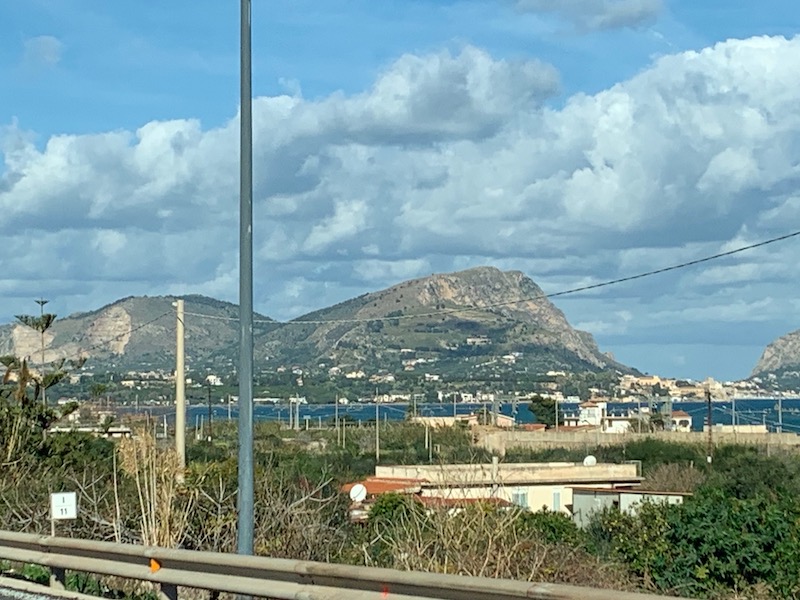

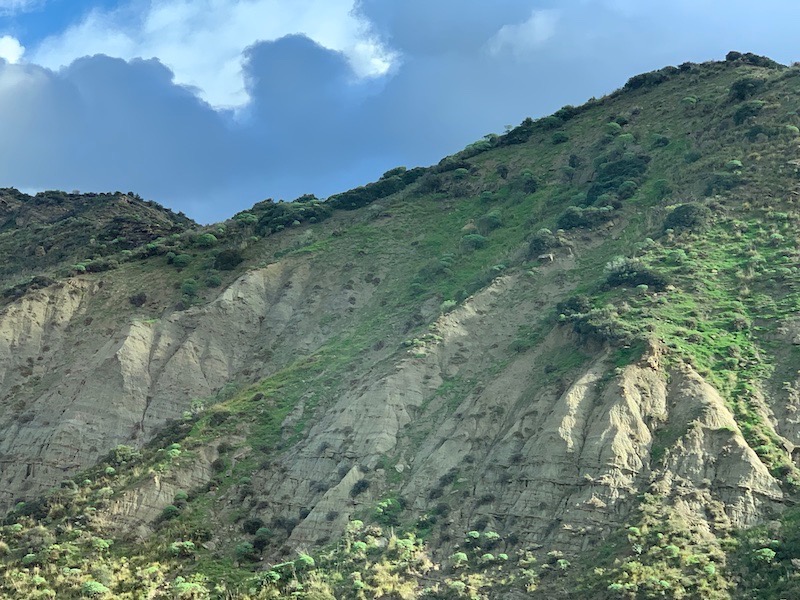
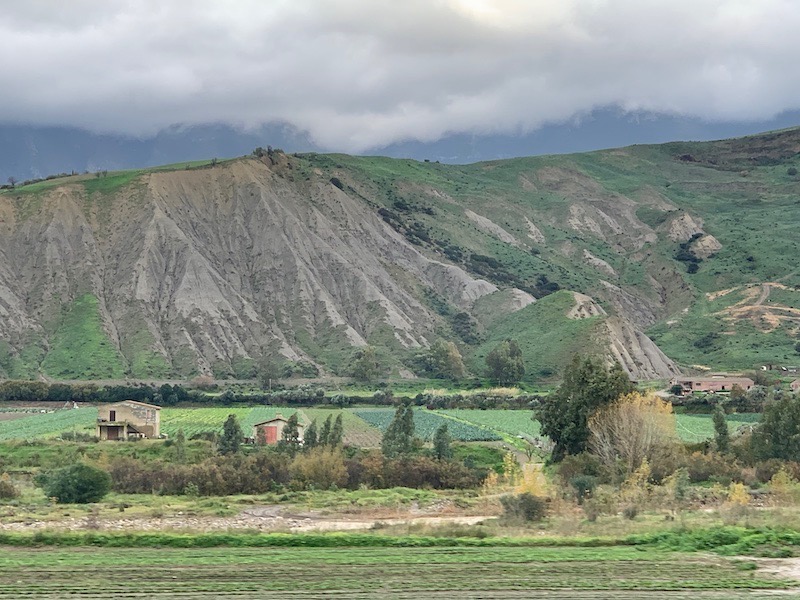
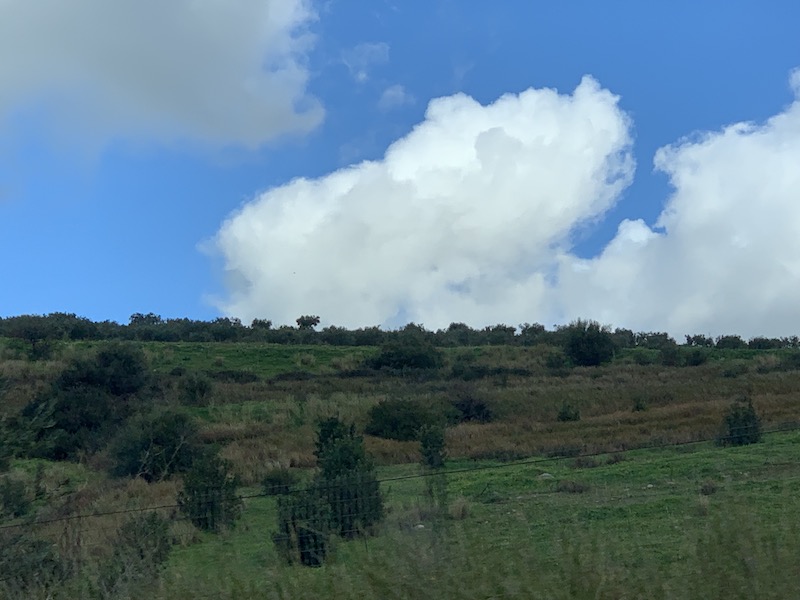
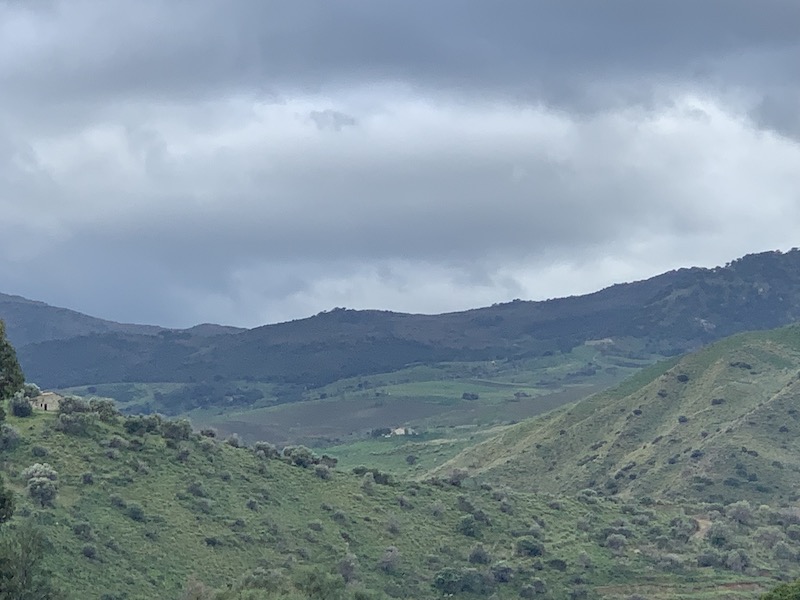
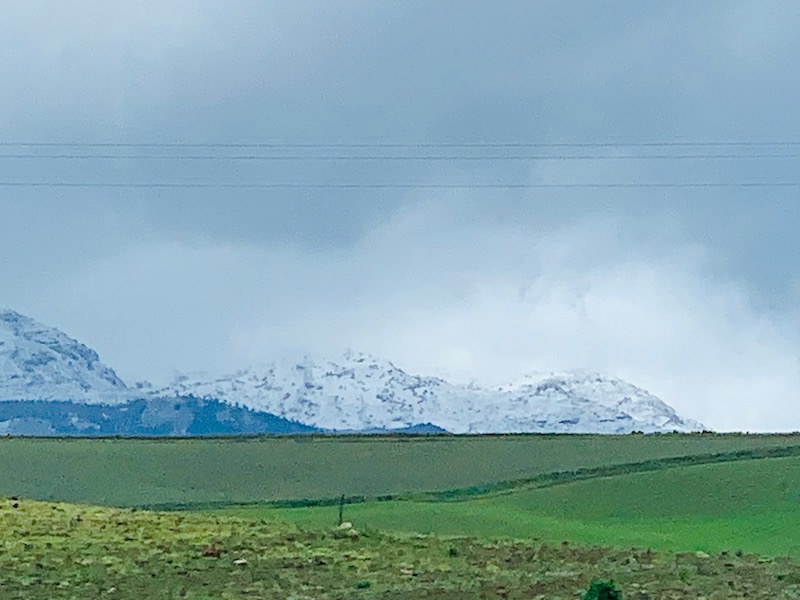
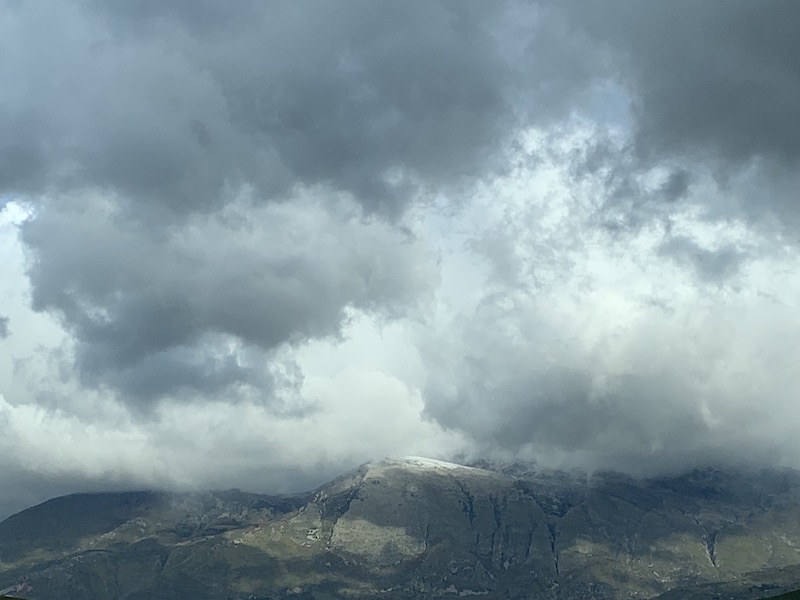
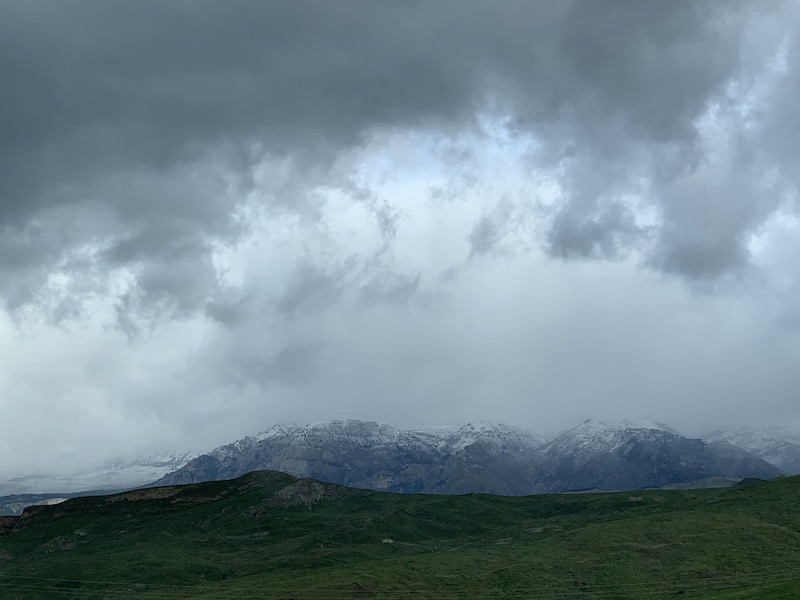
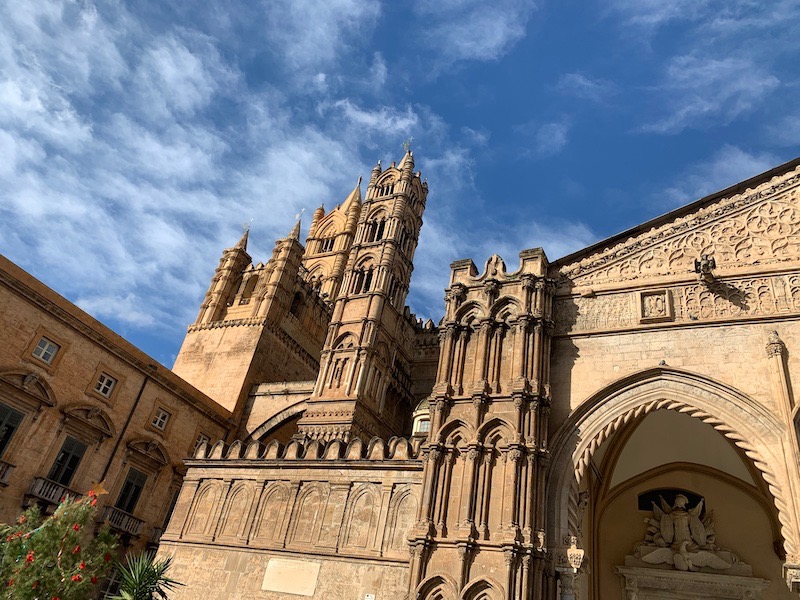
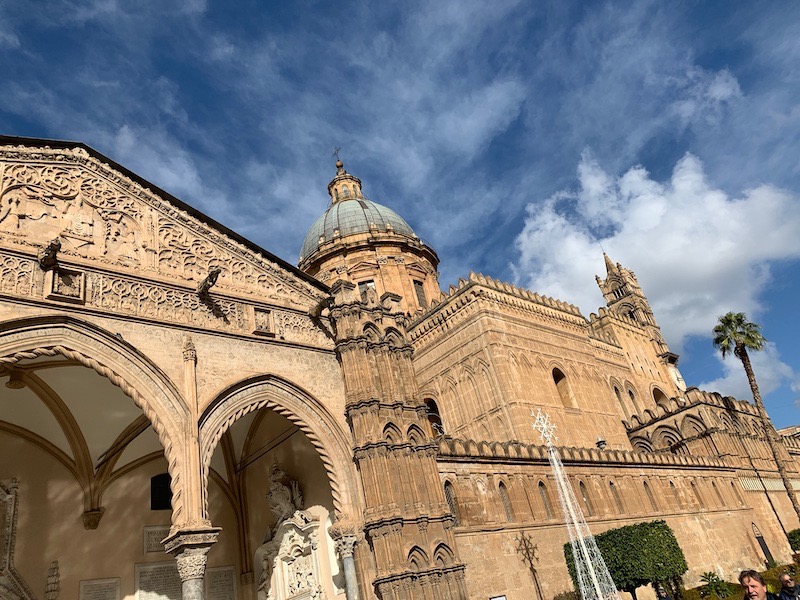
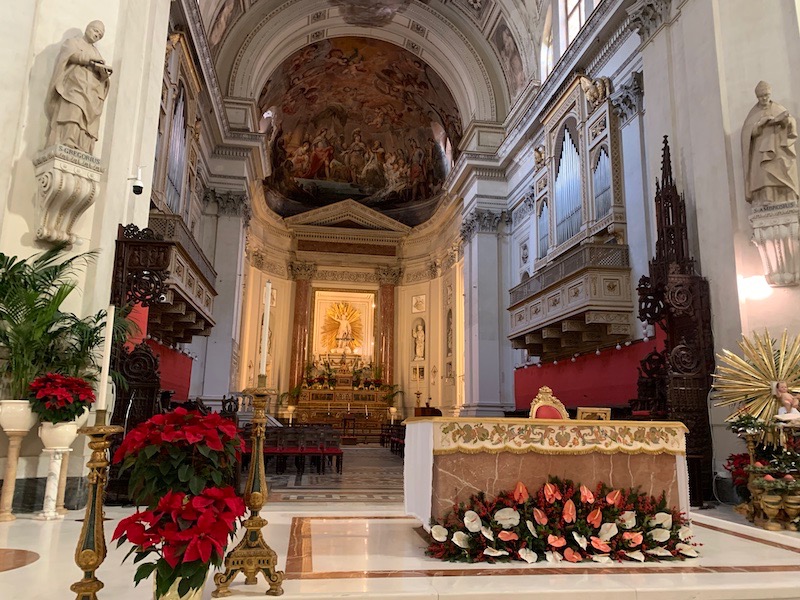
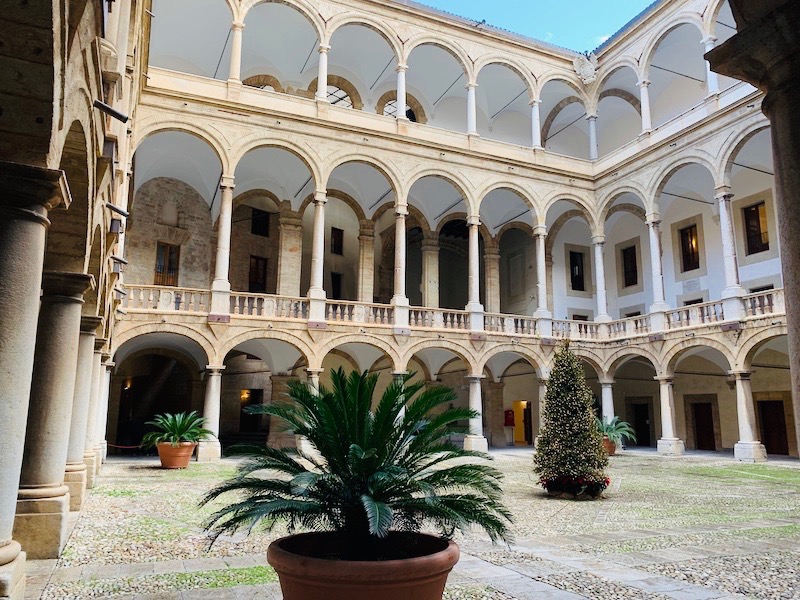
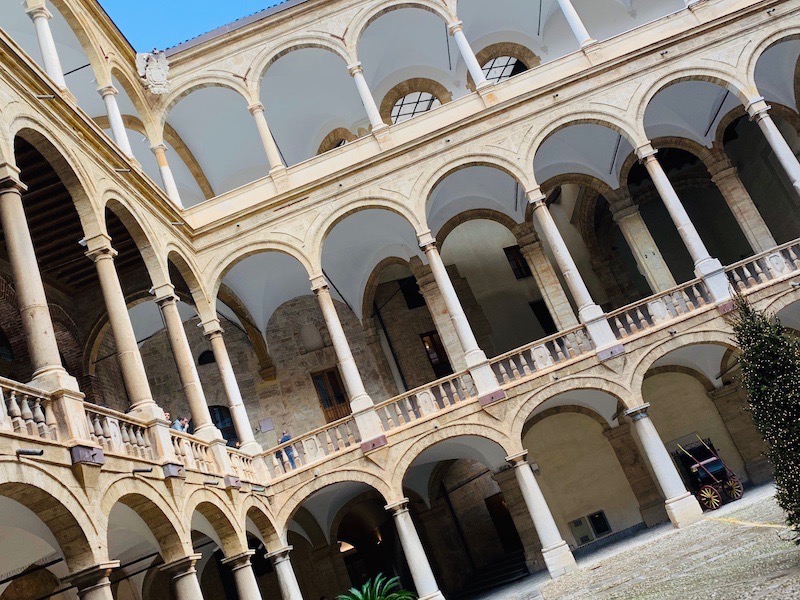
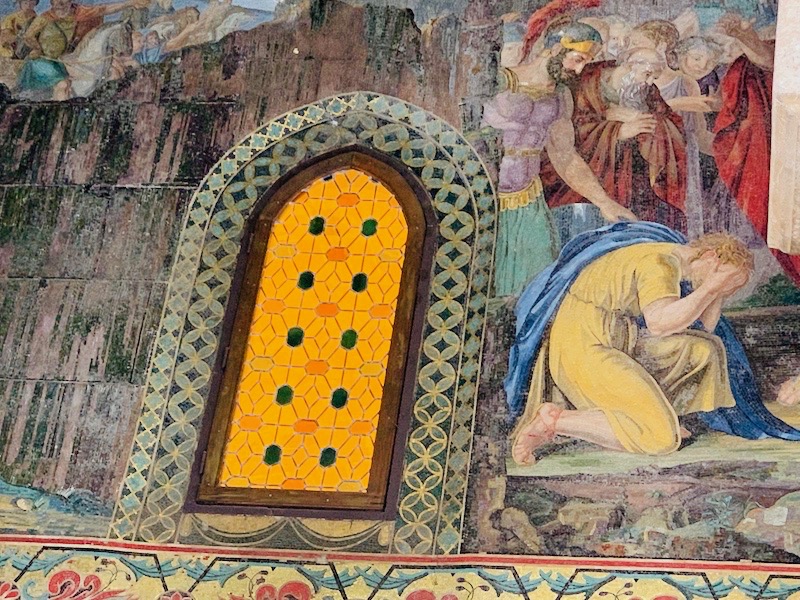
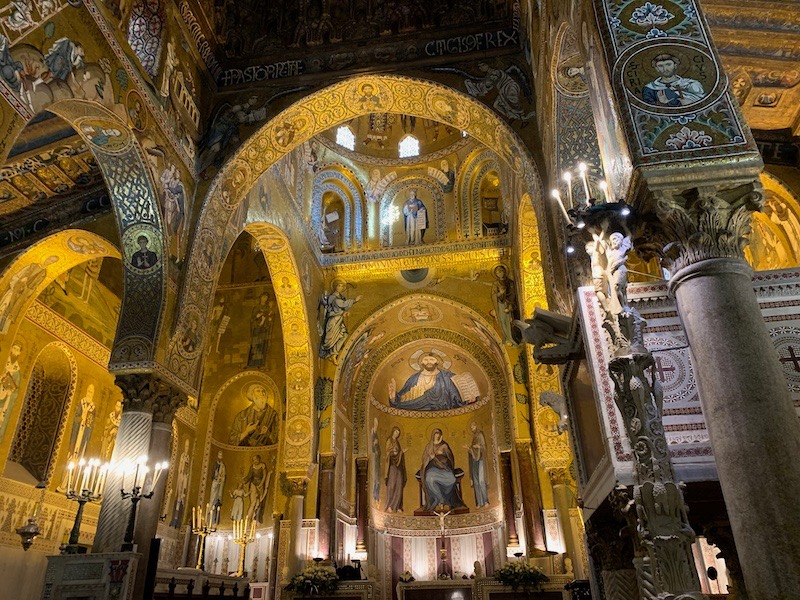
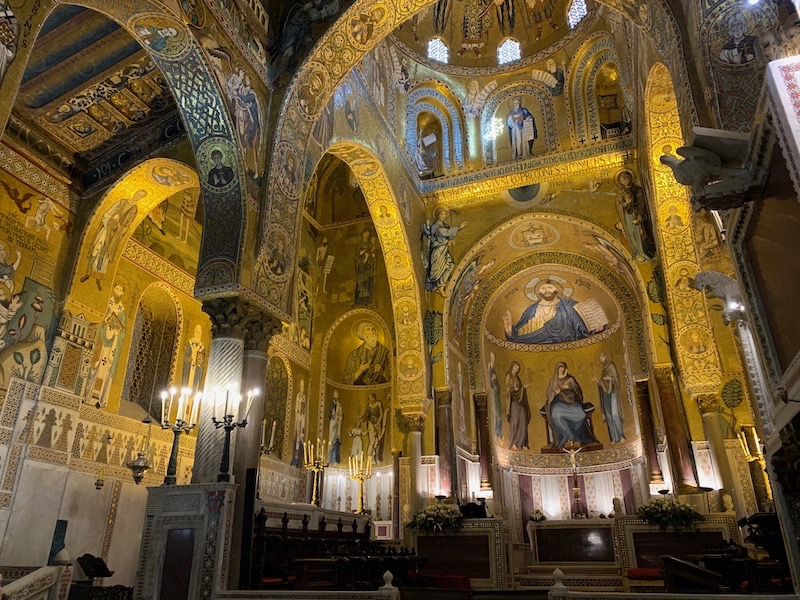
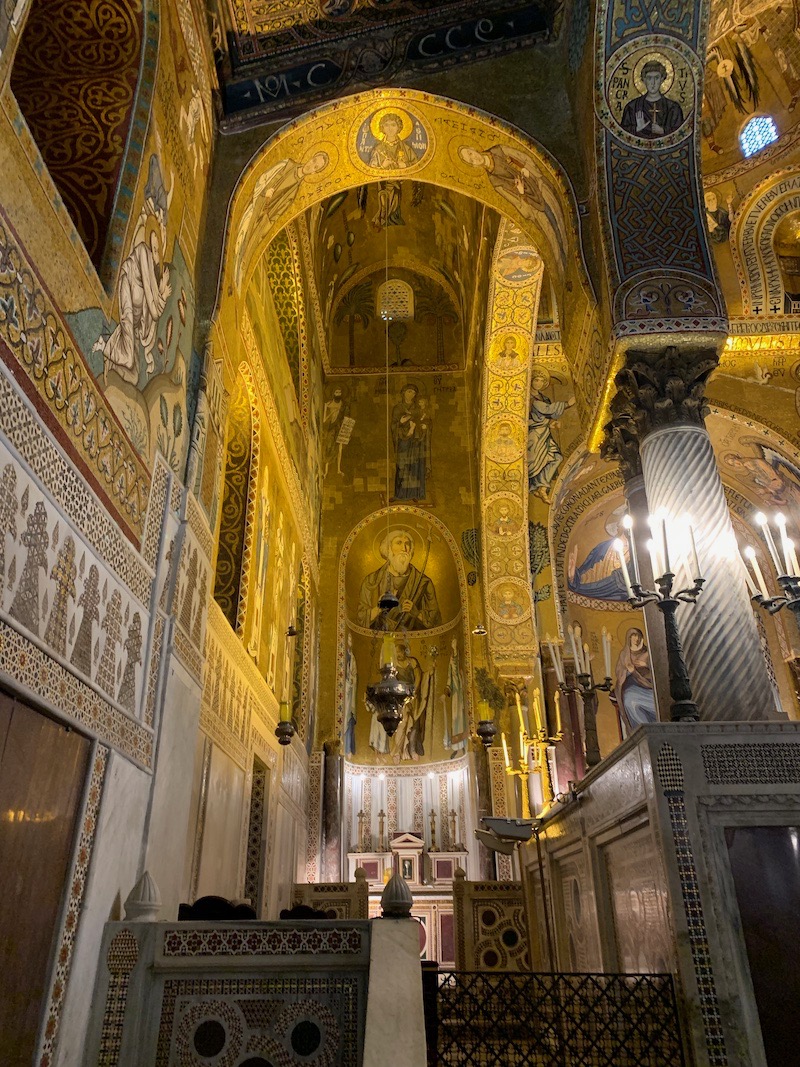
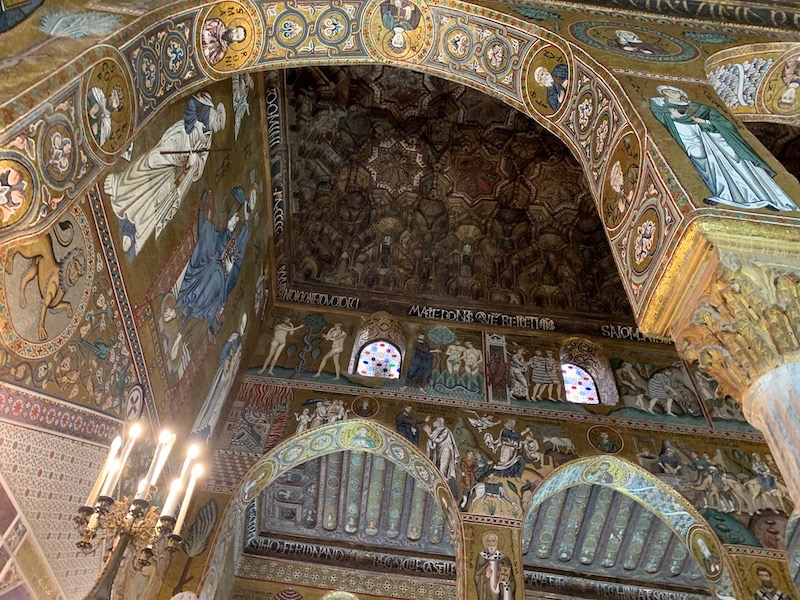
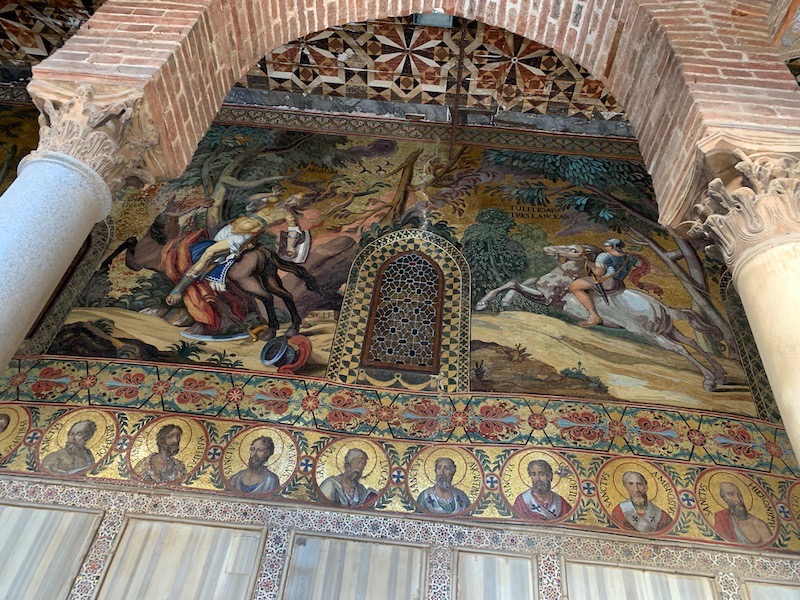
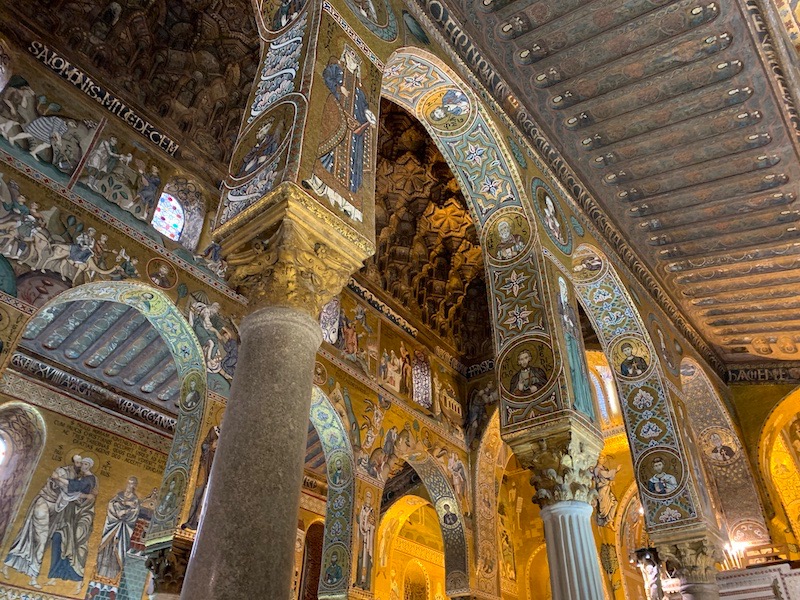
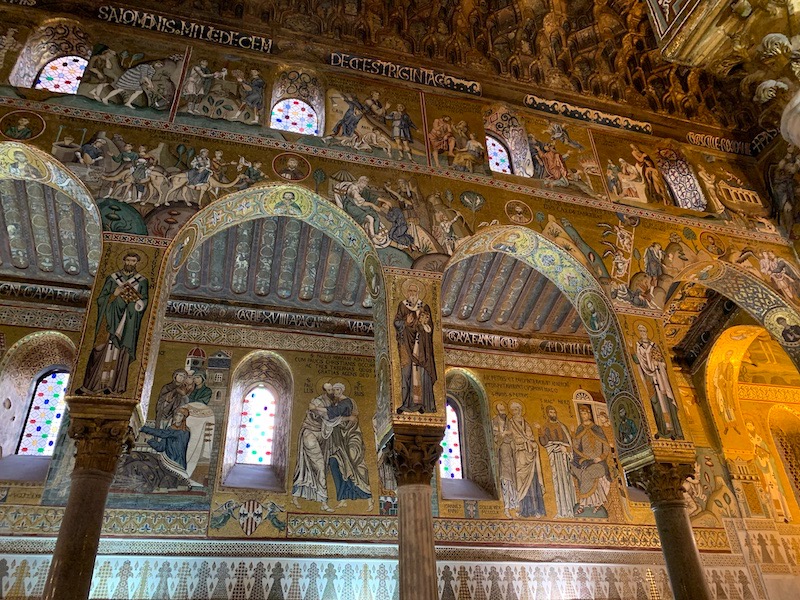
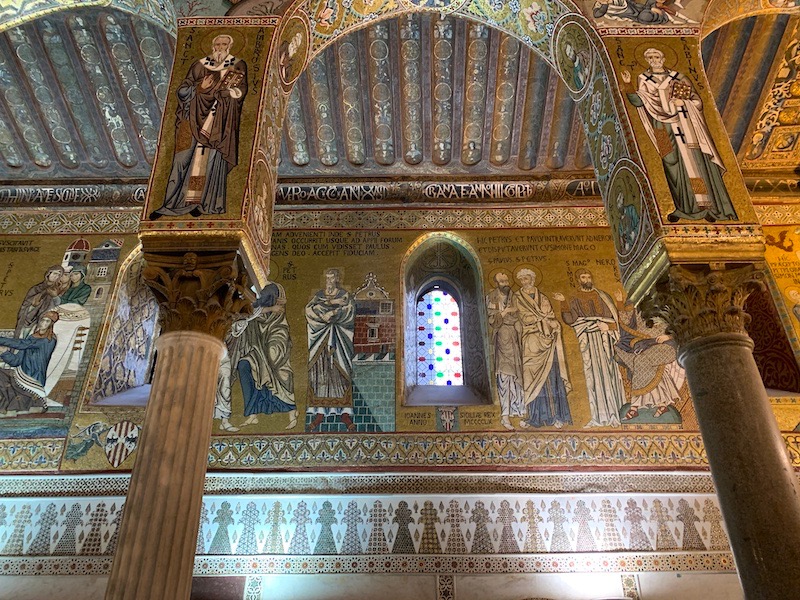
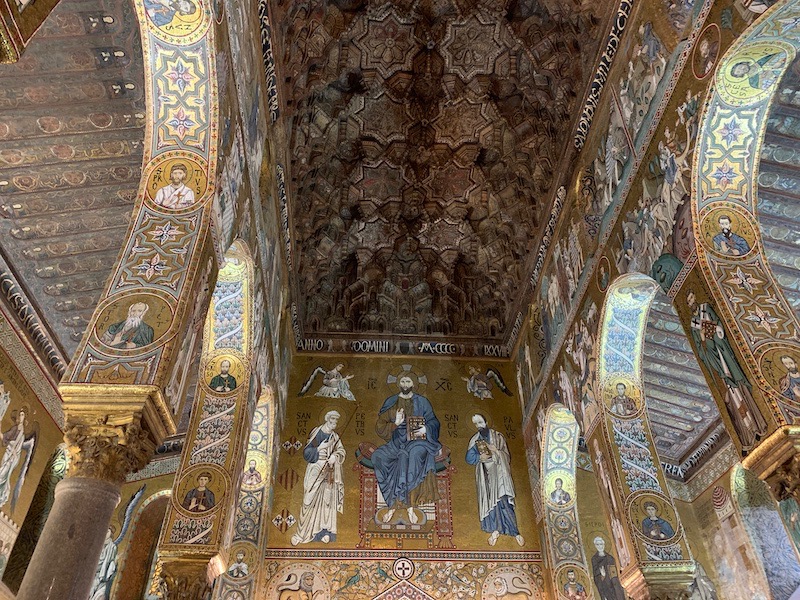
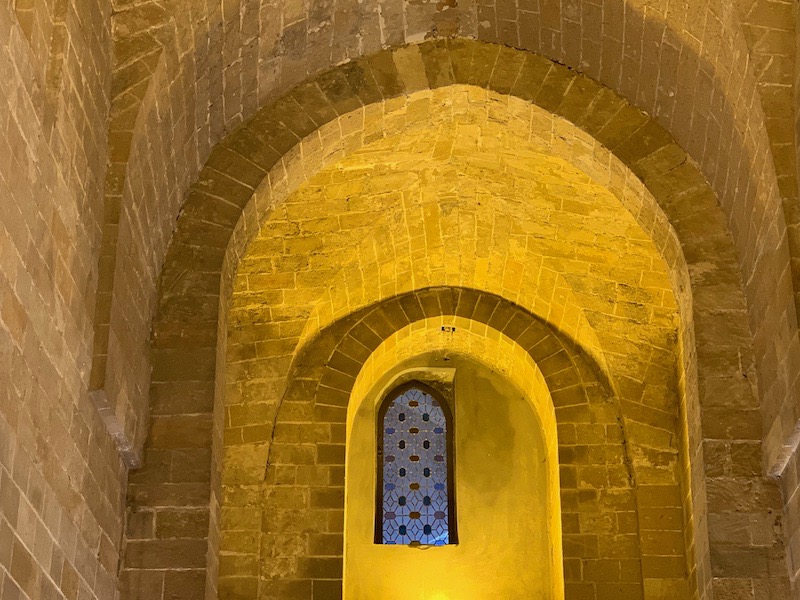
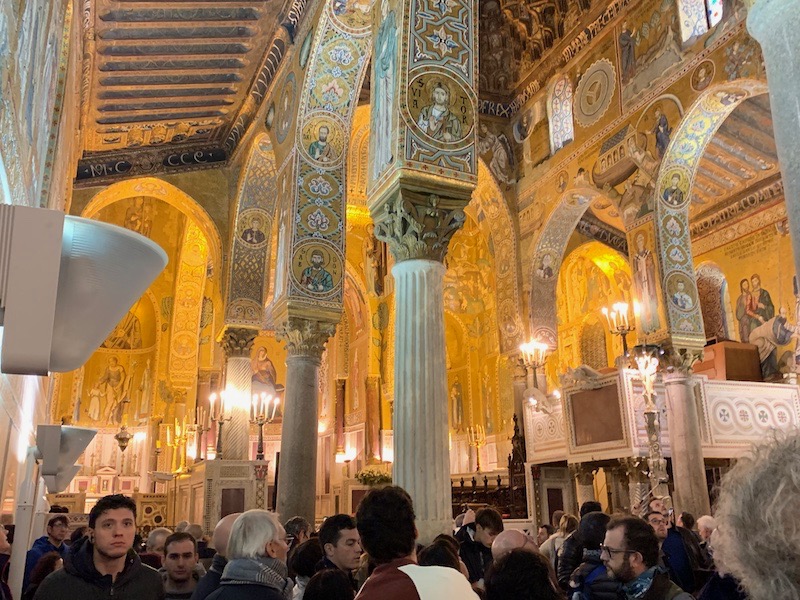
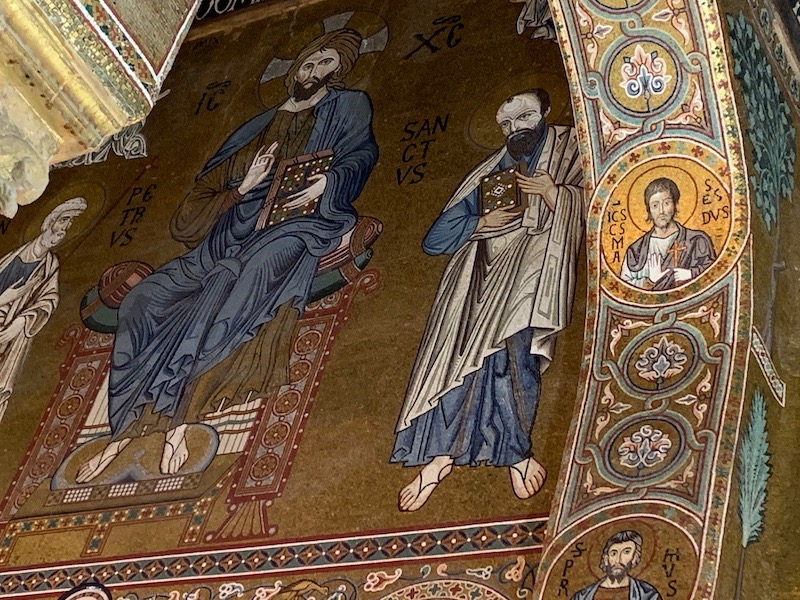
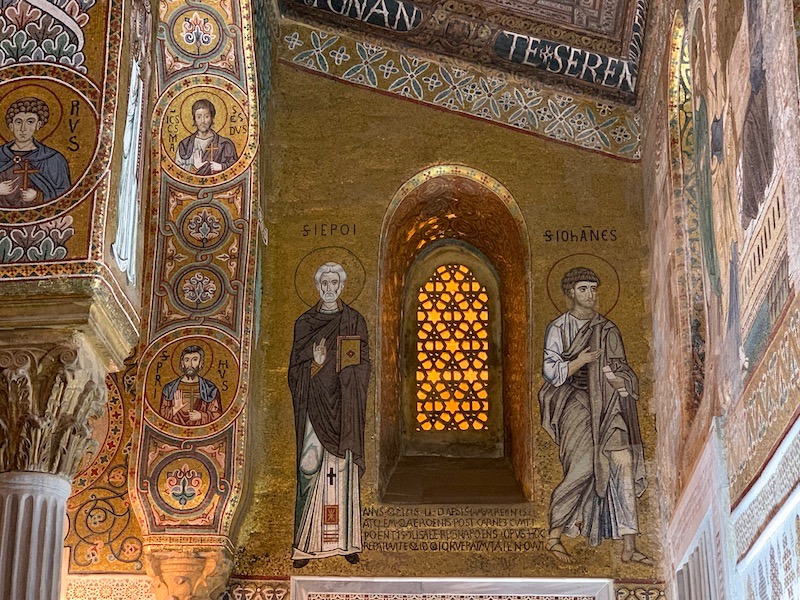
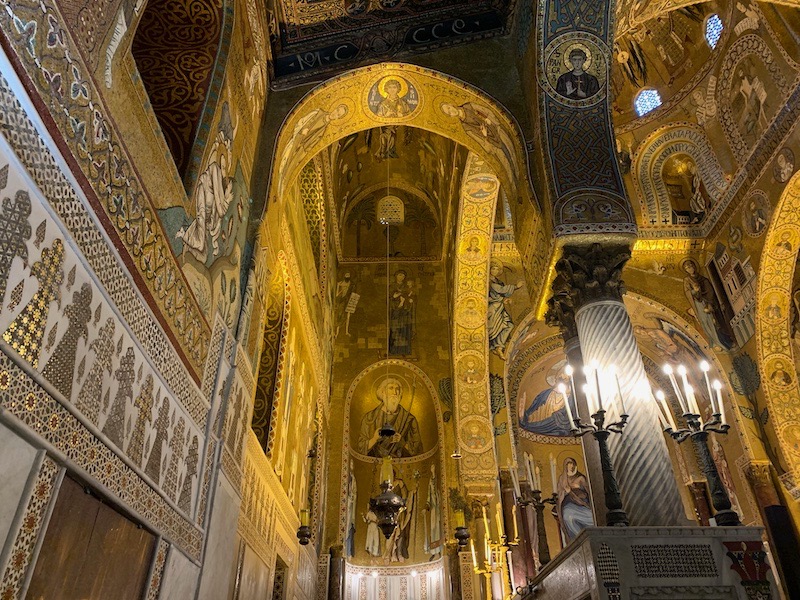
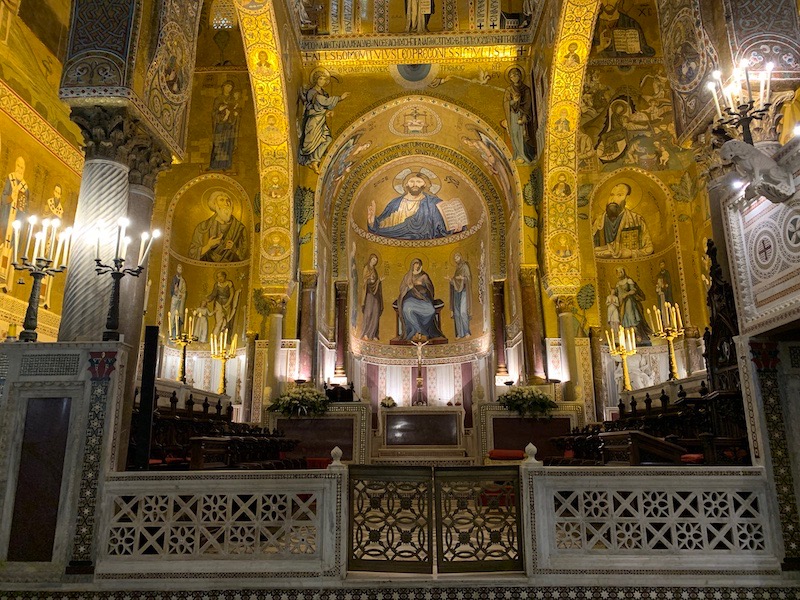
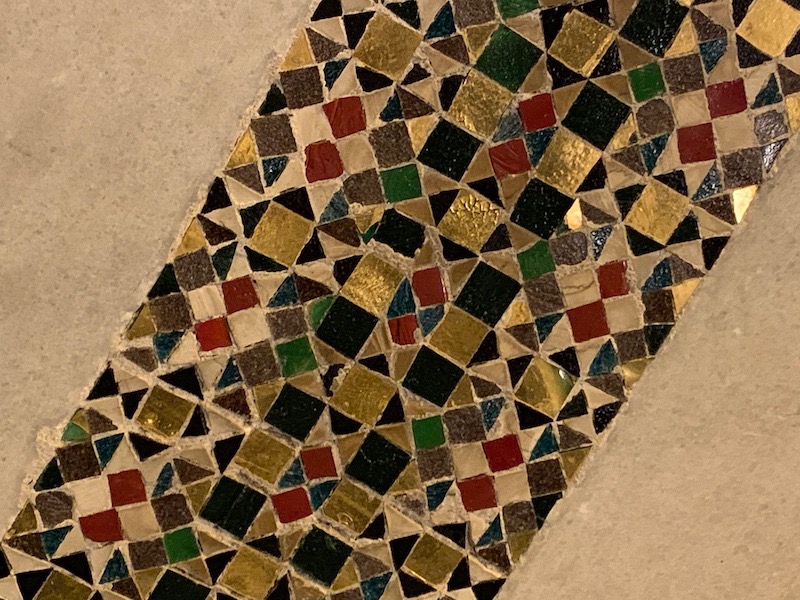

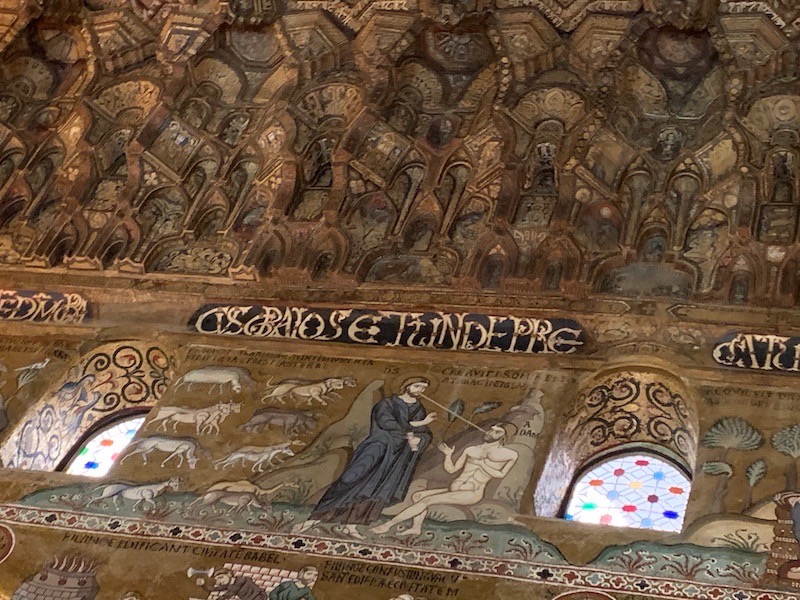
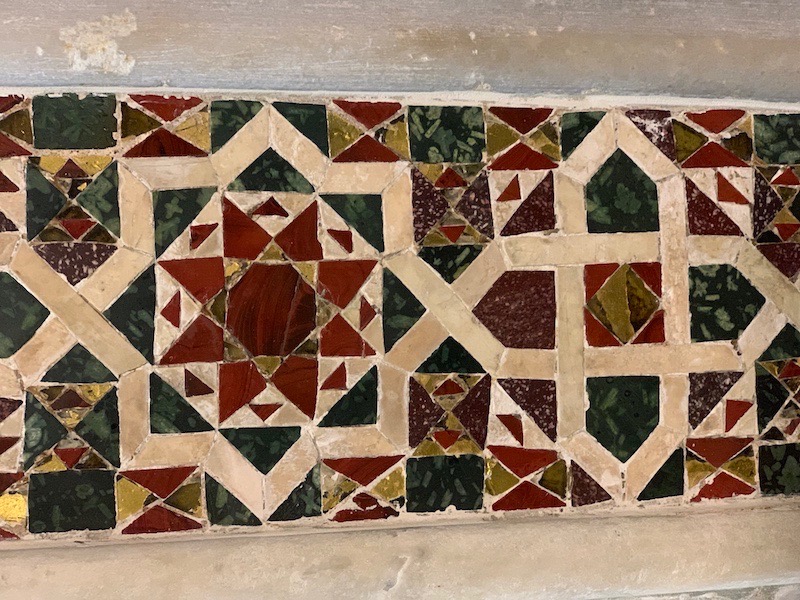
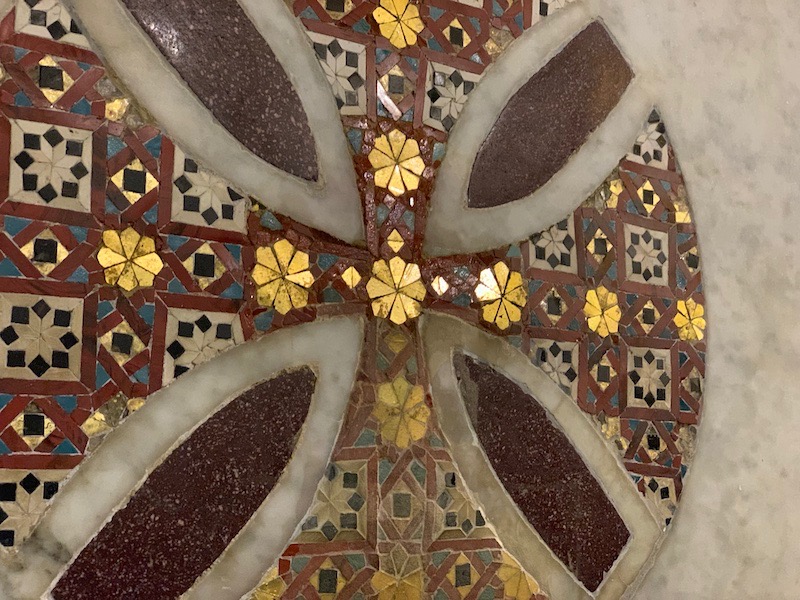
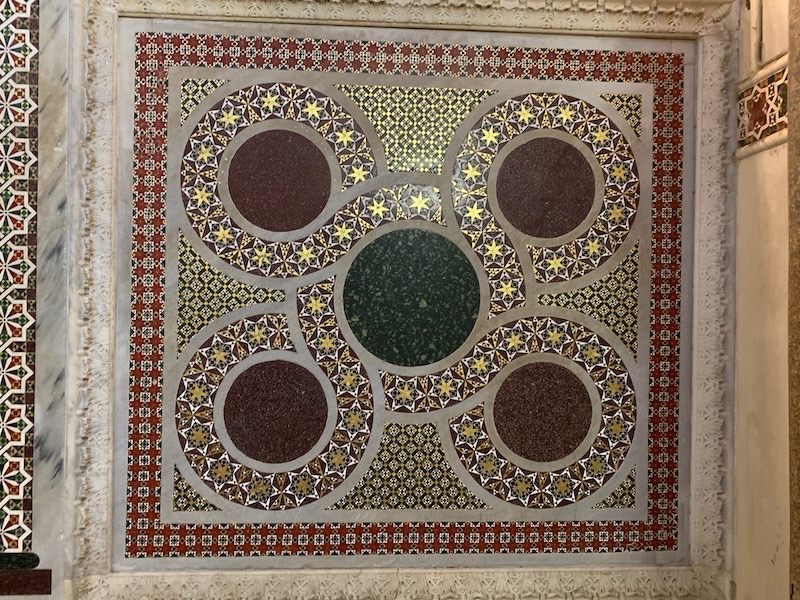
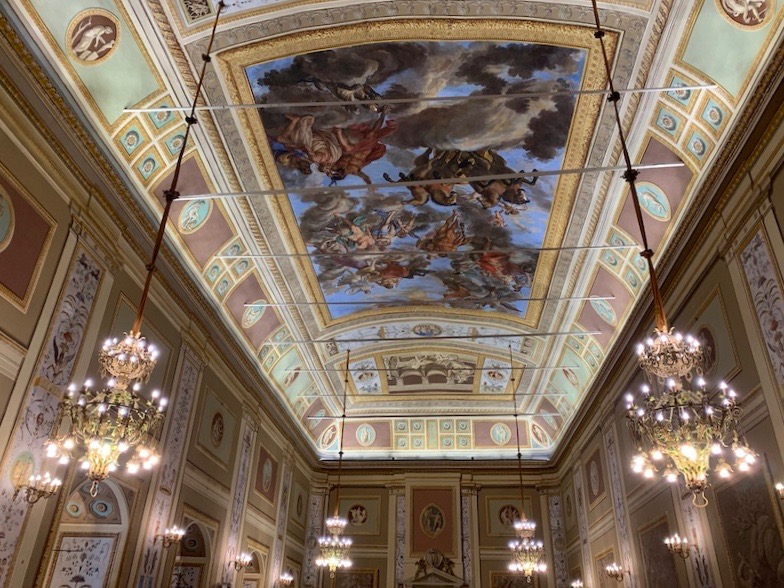
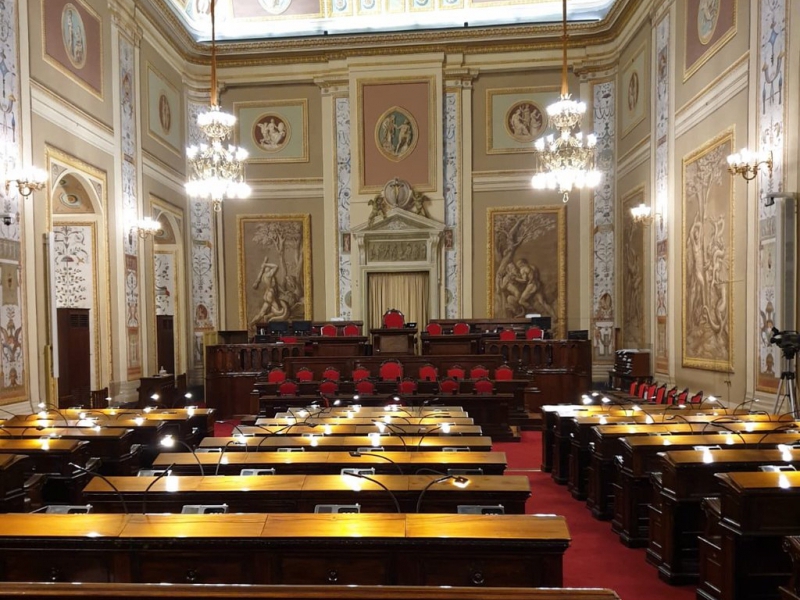
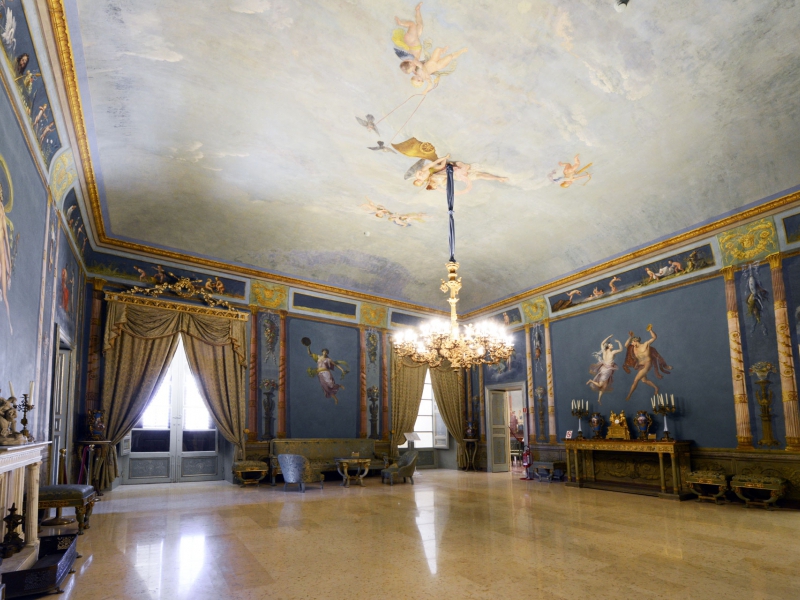
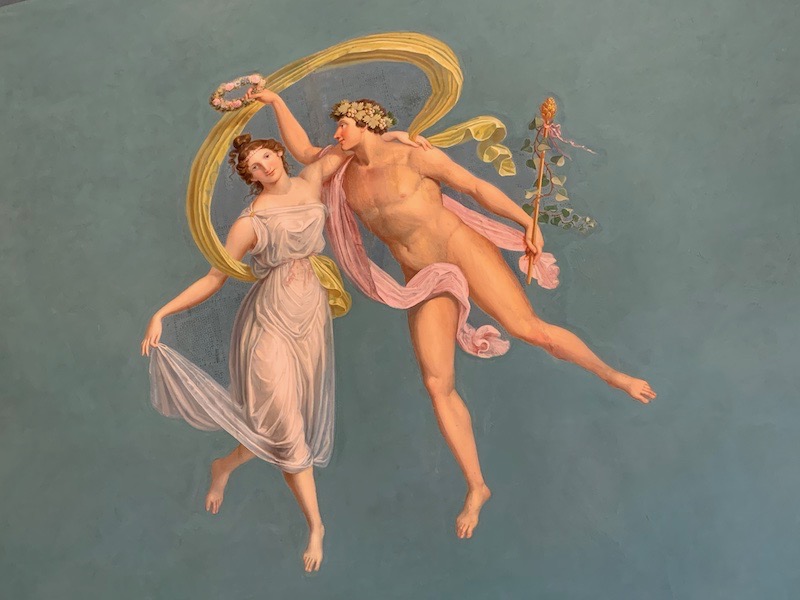
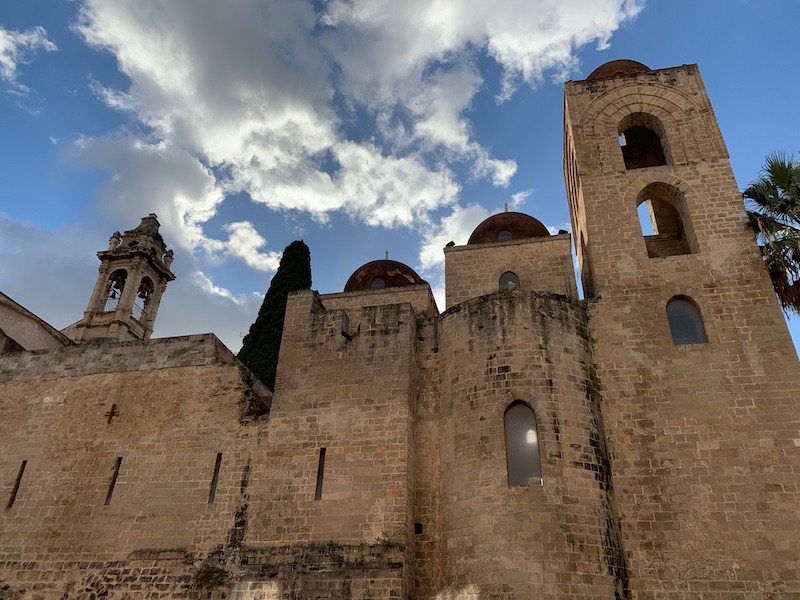
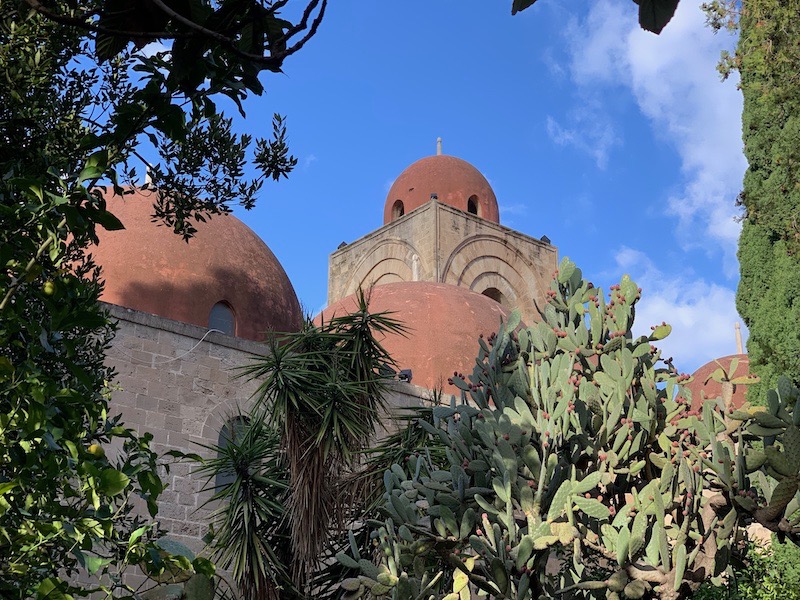
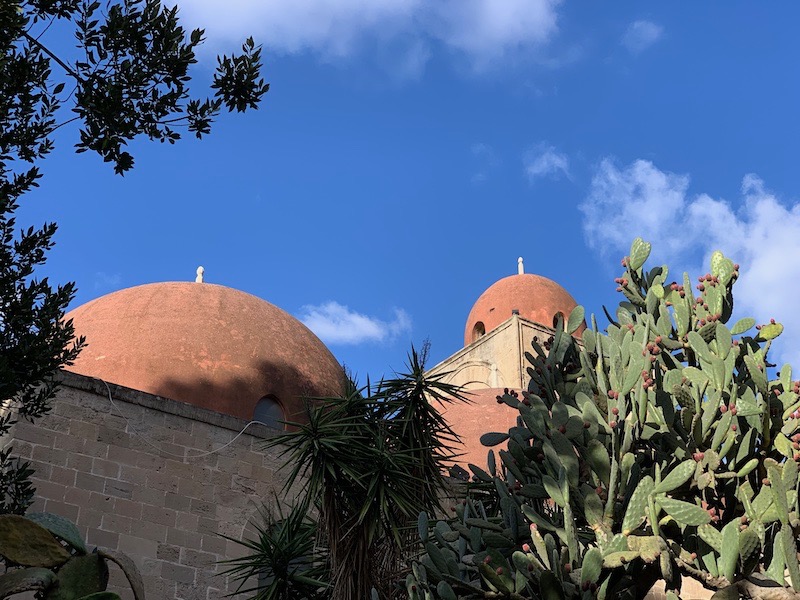
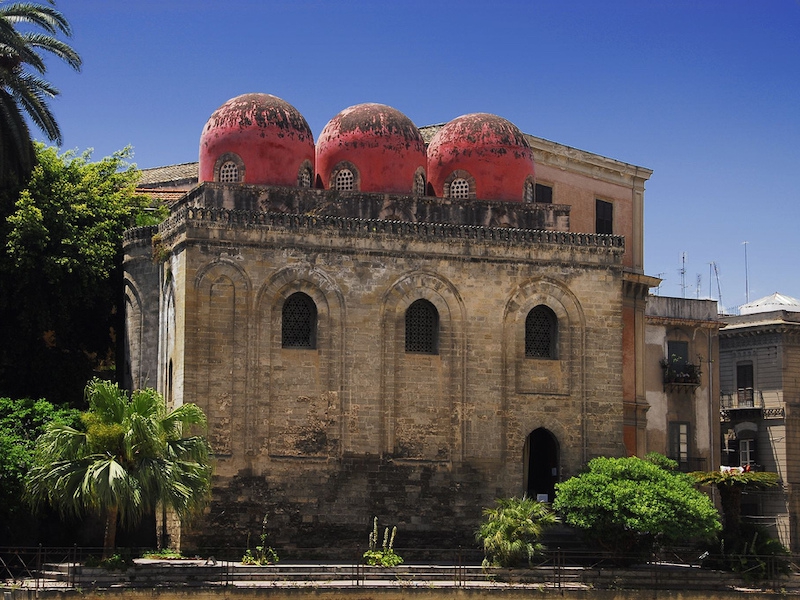
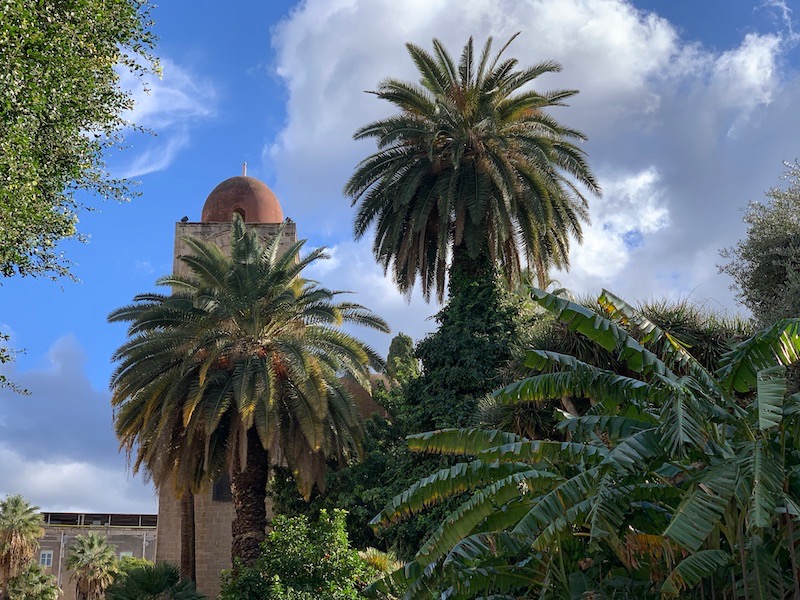
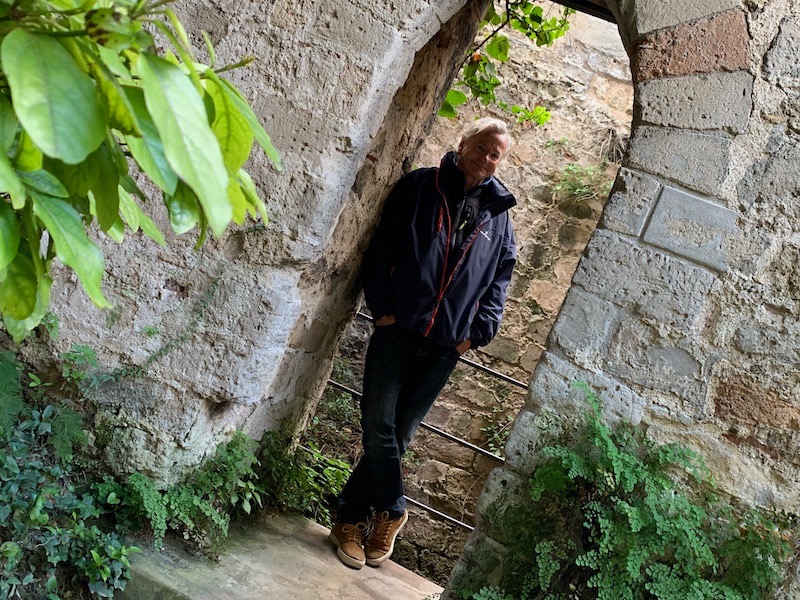
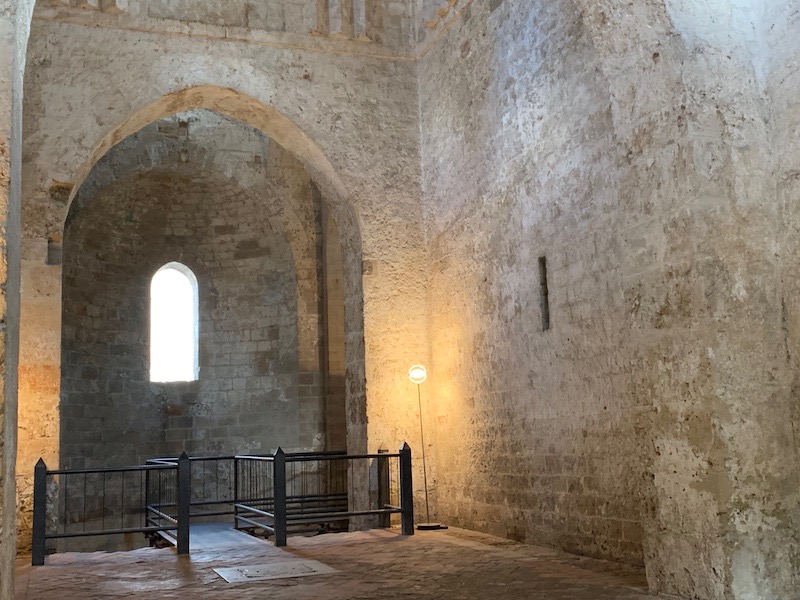
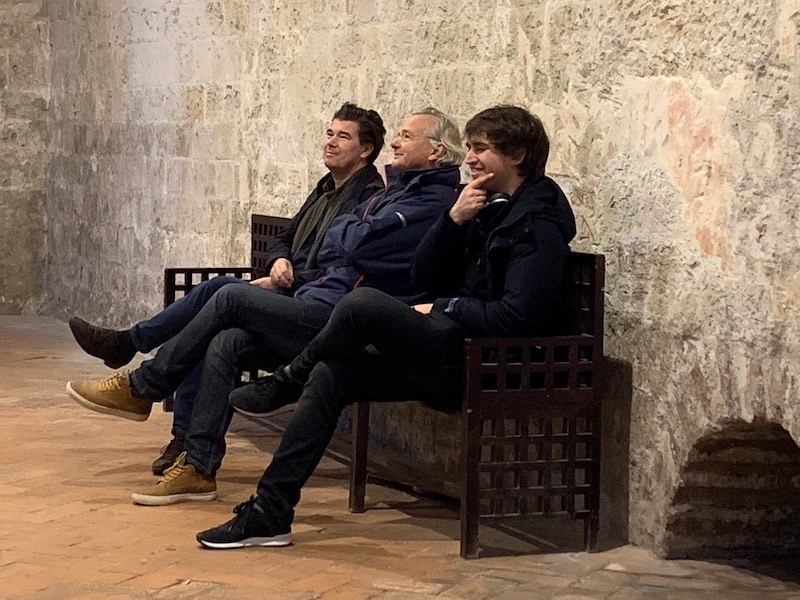
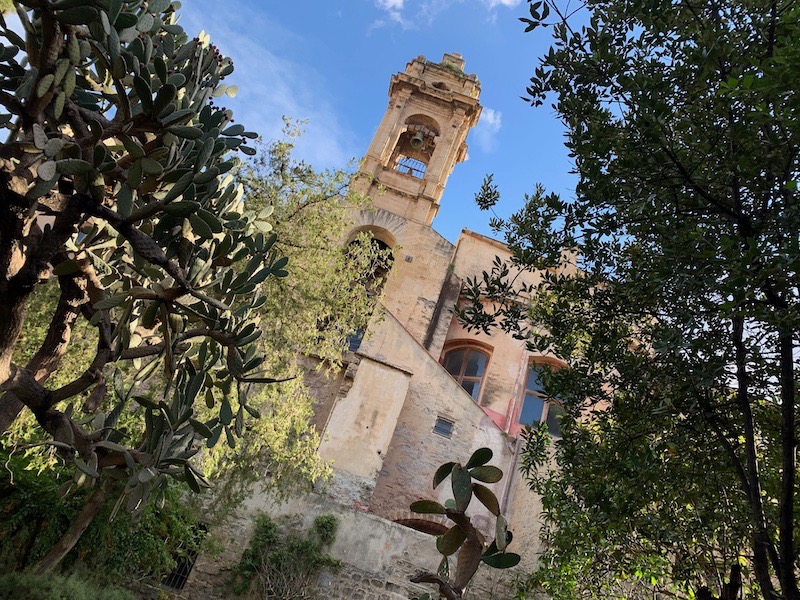
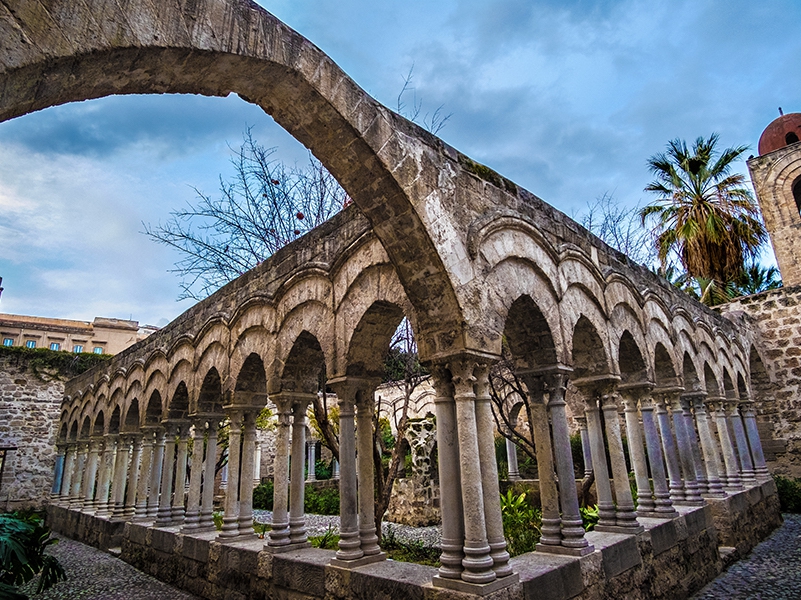
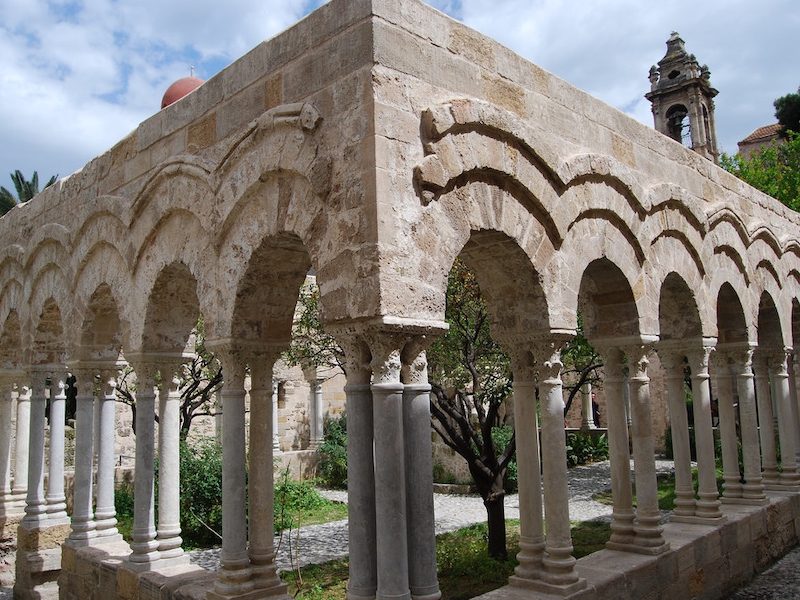
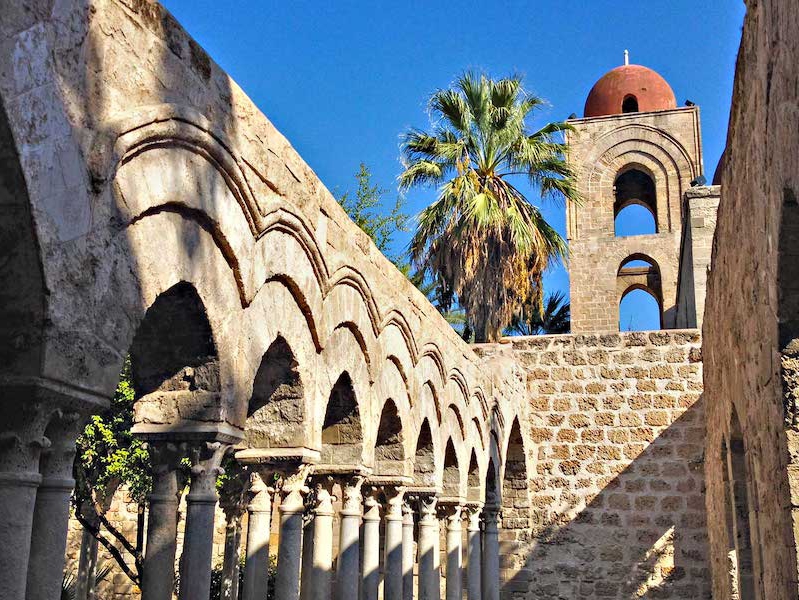
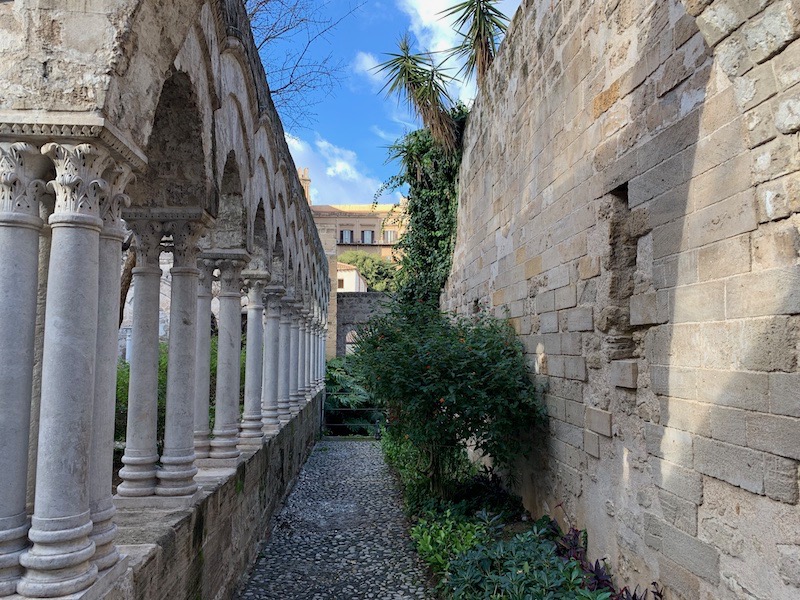
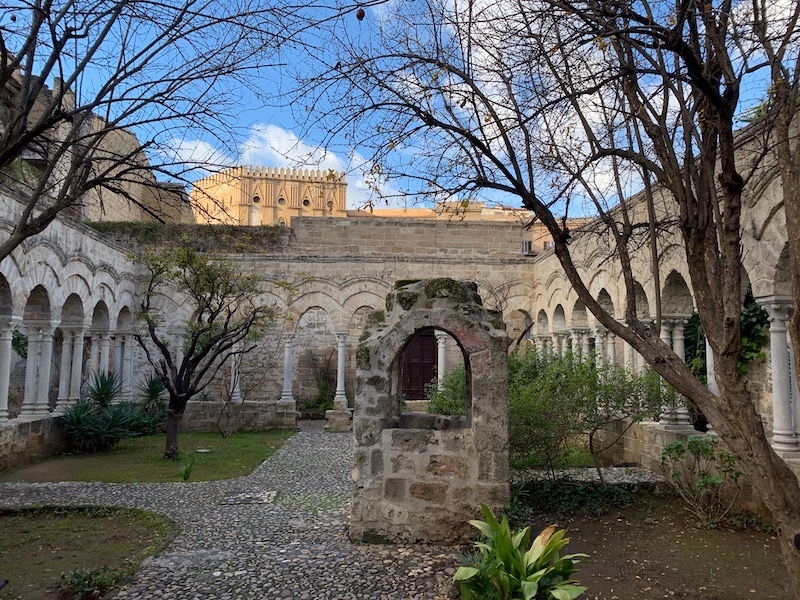
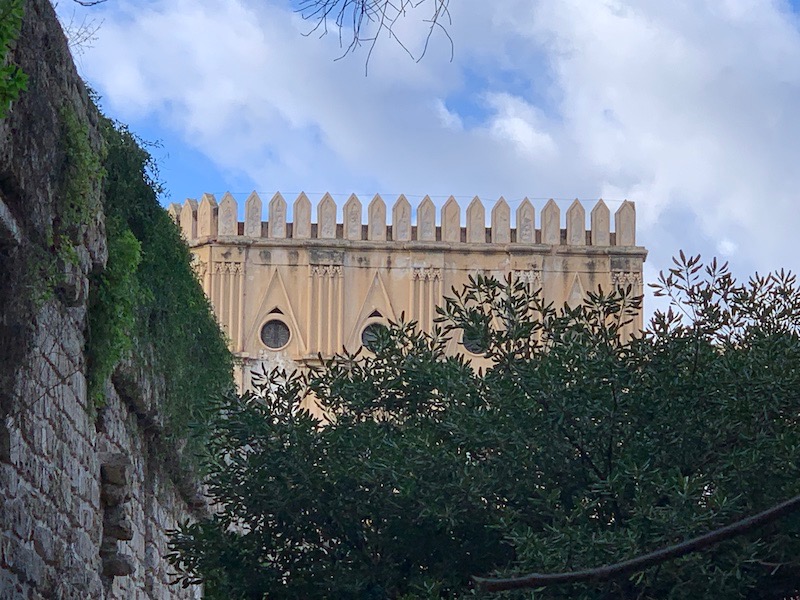
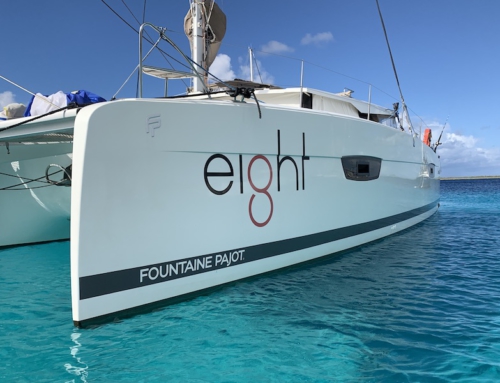
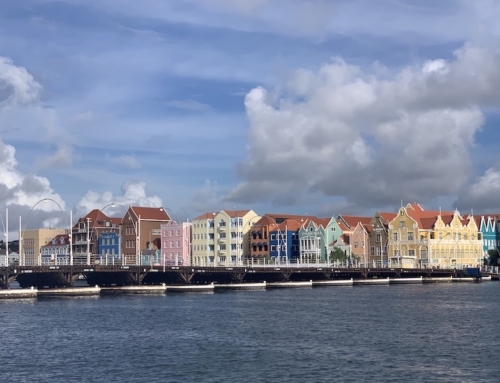
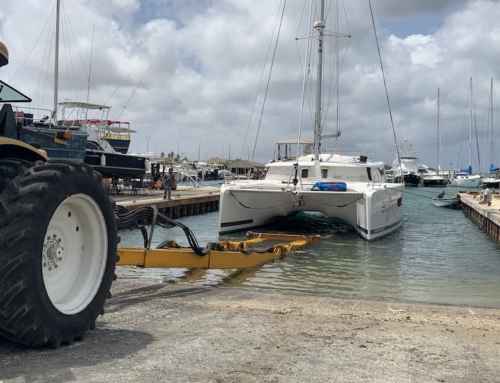
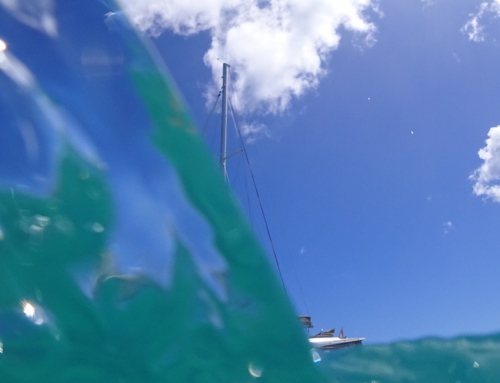
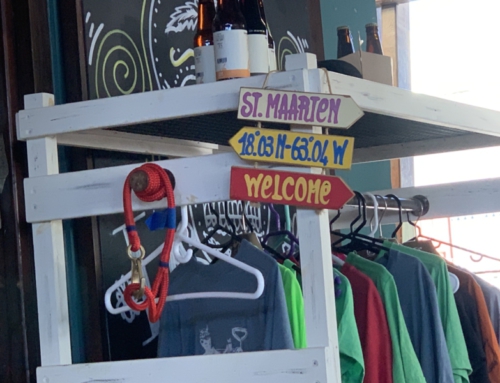
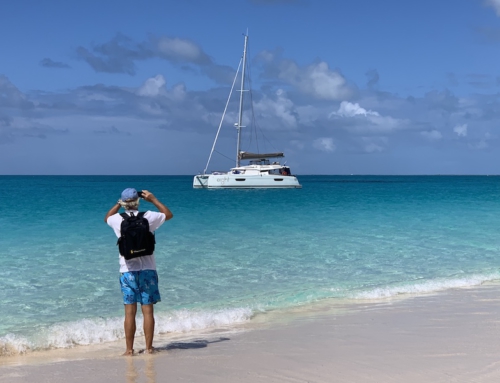
Leave A Comment